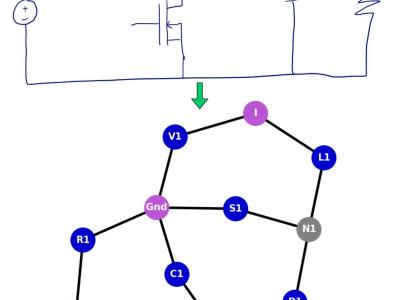
This dataset contains detailed technical specifications and market pricing information for power electronic components, specifically MOSFETs and IGBTs from two manufacturers: Wolfspeed and Hitachi. The data was collected through two main methods: manual upload of technical specifications in XML format from the manufacturers' official websites, and real-time market price aggregation using web scraping techniques from the Octopart platform, facilitated by Nexar APIs.
- Categories:







